Stakeholder Analysis and Management: A Comprehensive Overview
VerifiedAdded on 2023/06/13
|6
|844
|378
Essay
AI Summary
This essay provides a comprehensive overview of stakeholder analysis and management within organizations. It defines stakeholders, both primary and secondary, and explains the importance of stakeholder analysis for strategic development and conflict resolution. The essay outlines the steps involved in conducting stakeholder mapping, including identifying stakeholders, planning efforts, prioritizing stakeholders based on their interests, and developing strategies for action. It further discusses the stakeholder management plan, emphasizing its role in tracking changes and maintaining a balanced approach to performance elements. The essay also explores various stakeholder management strategies aimed at improving communication, increasing organizational efficiency, and maintaining a competitive advantage. It references several studies to support the discussion on effective stakeholder engagement and risk mitigation, highlighting the challenges in managing diverse stakeholder groups and shaping project direction.
1 out of 6
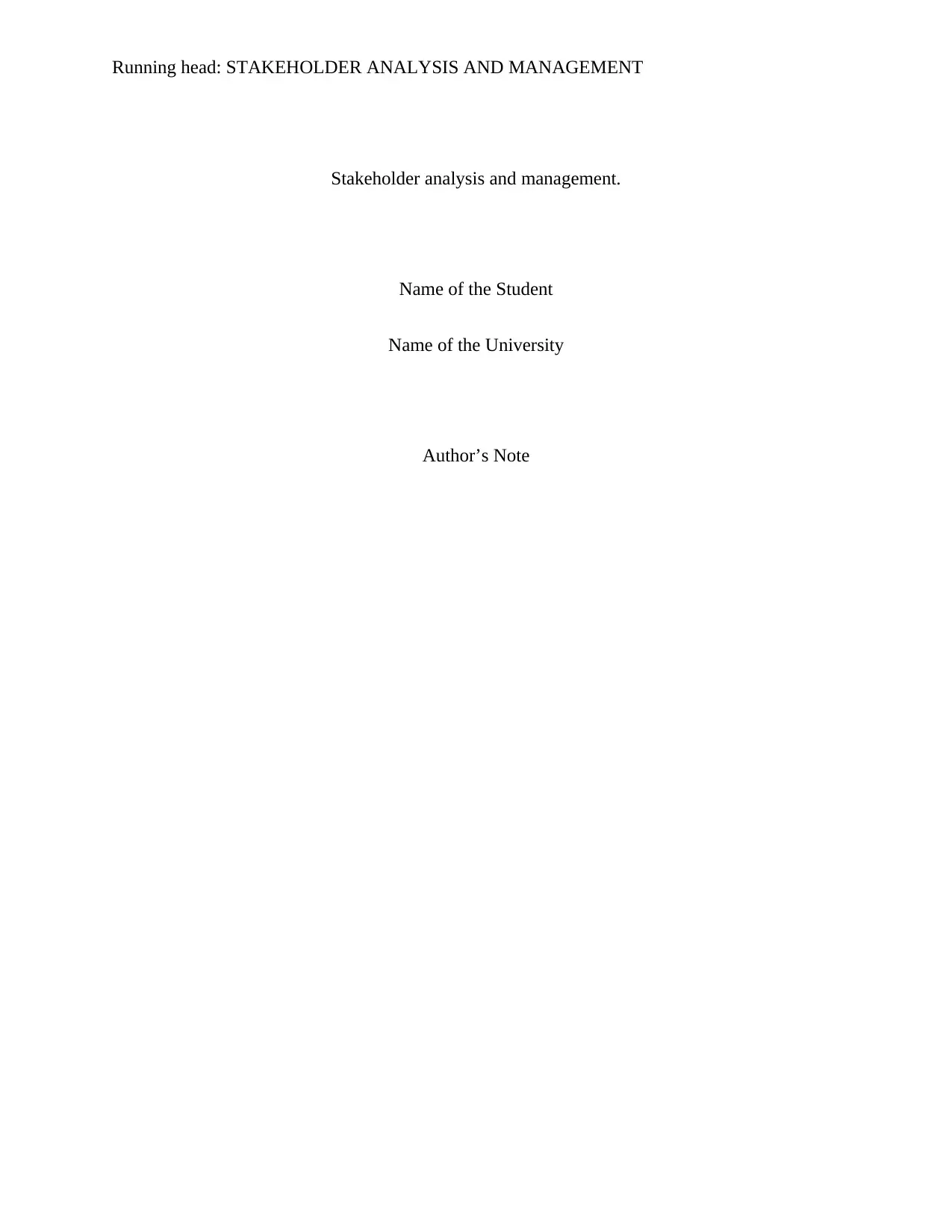
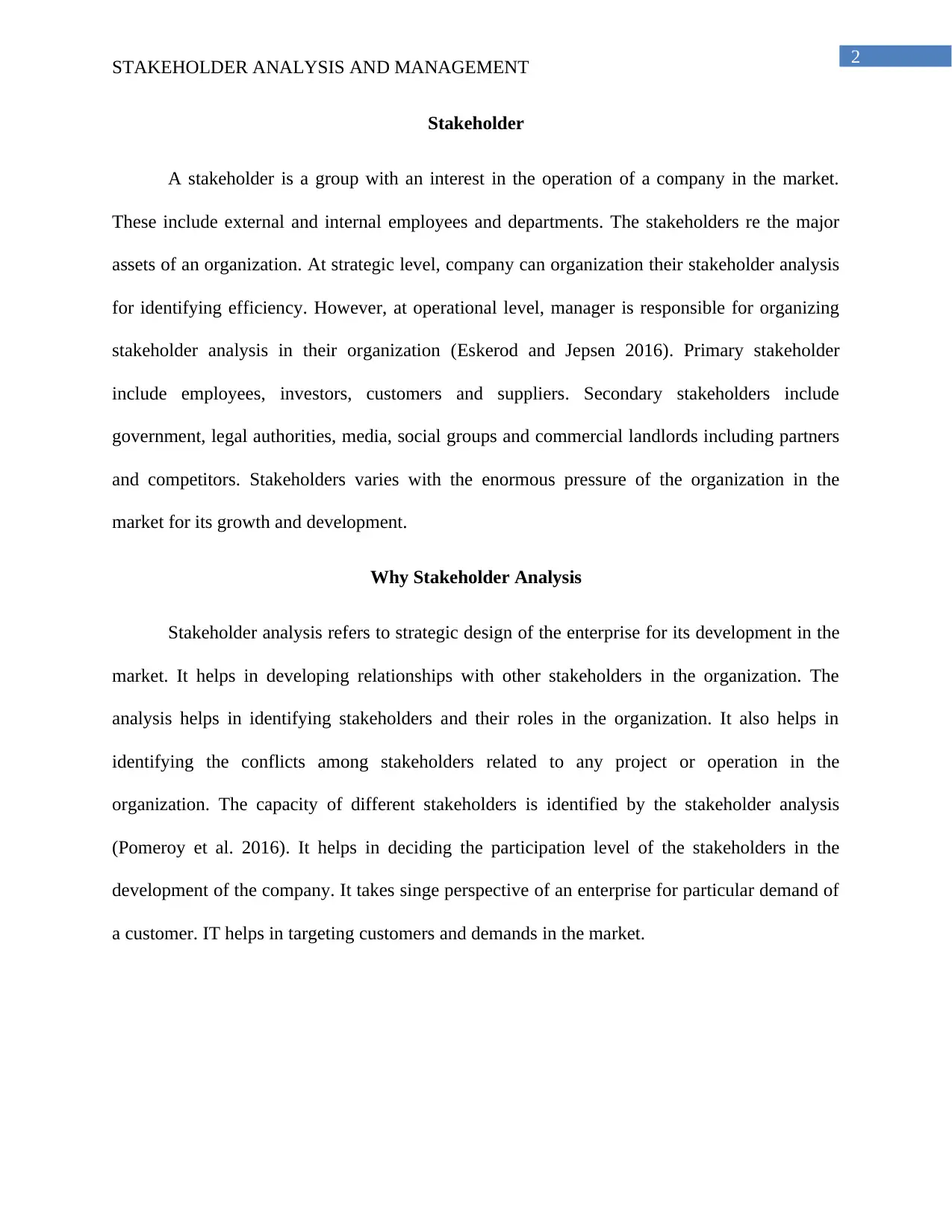
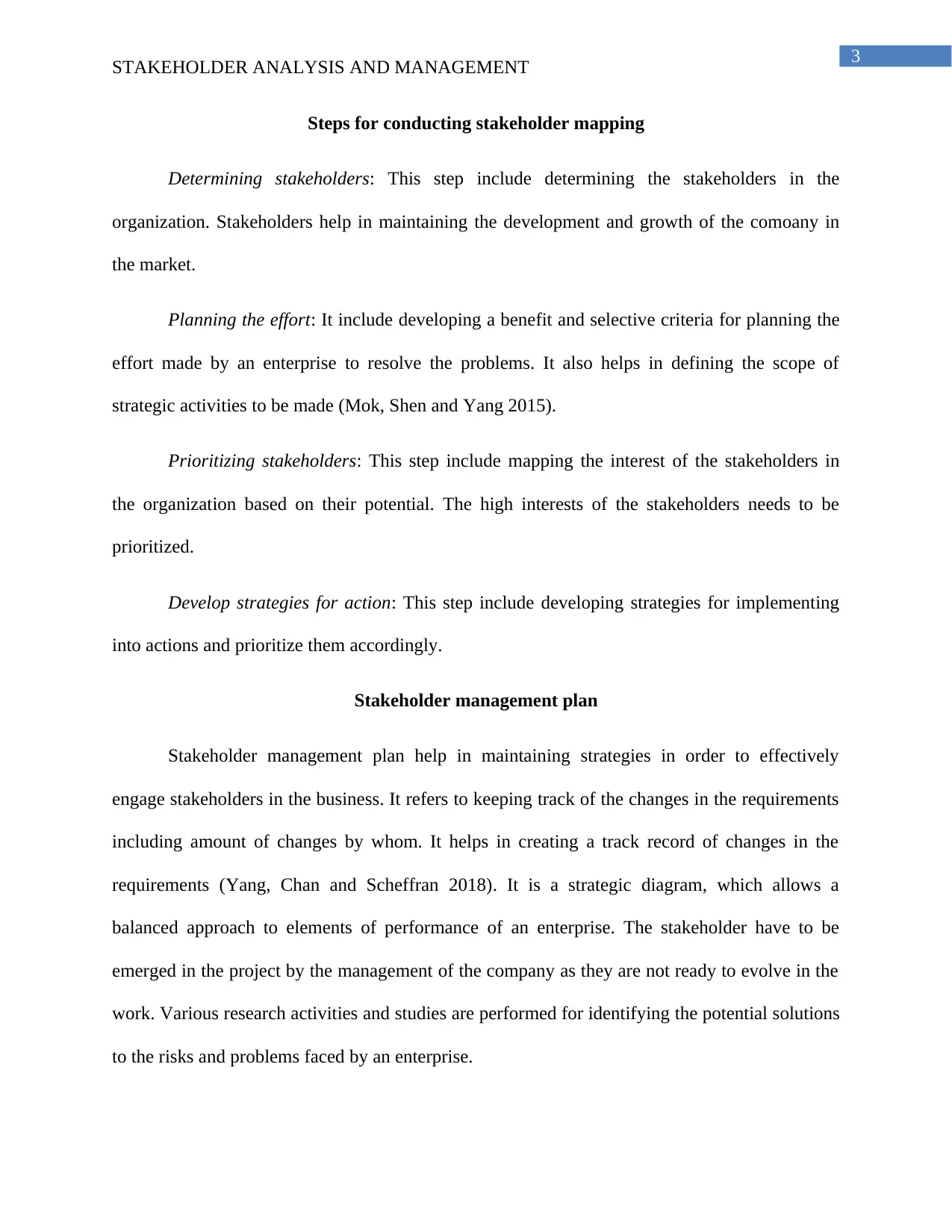

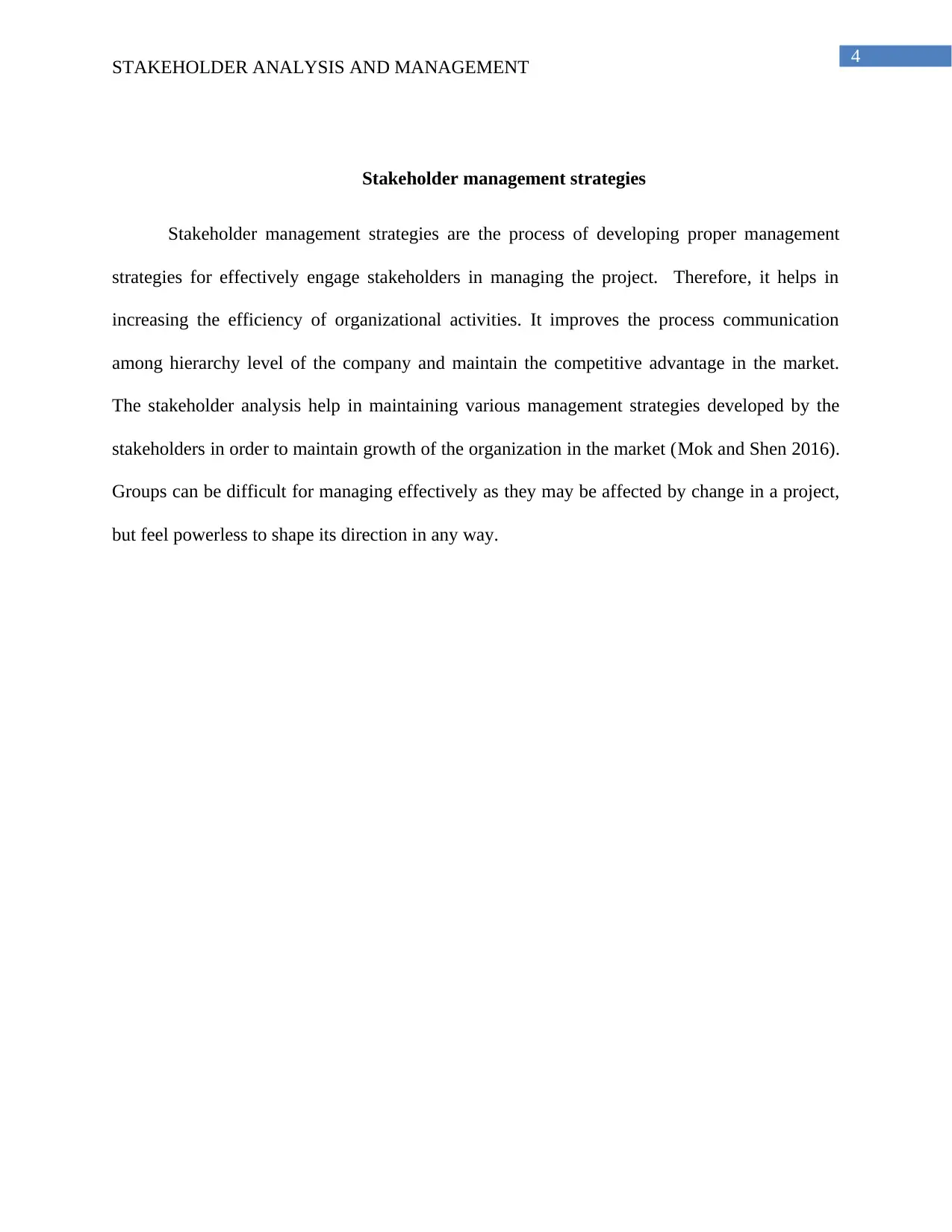
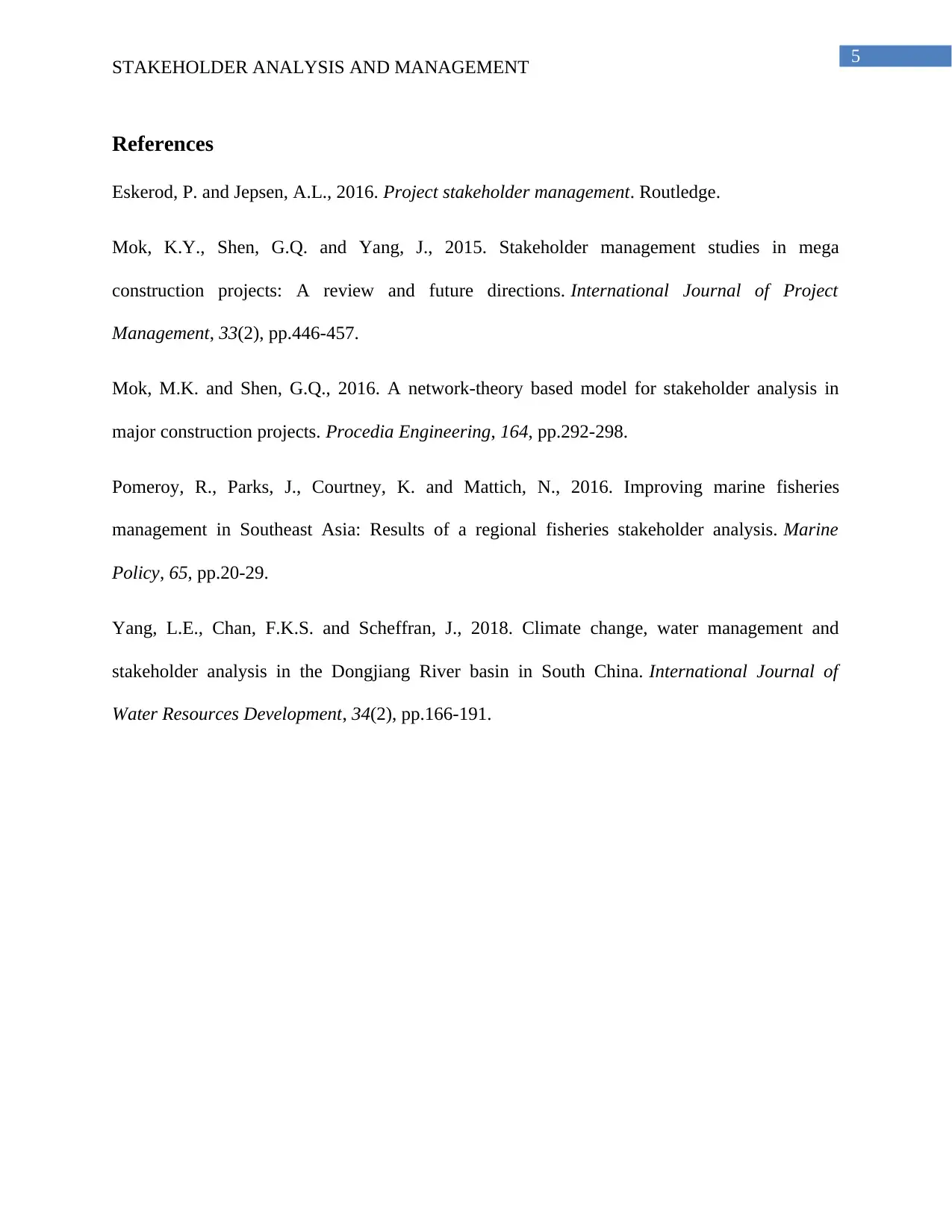

![[Year] [Company Name] Stakeholder Analysis & Management Portfolio](/_next/image/?url=https%3A%2F%2Fdesklib.com%2Fmedia%2Fimages%2Fjx%2F324f92f0ec244632a823c730fd097066.jpg&w=256&q=75)




![[object Object]](/_next/static/media/star-bottom.7253800d.svg)